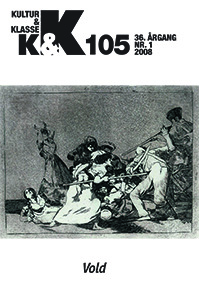Til gengæld: Retsopgøret som hævn eller forlig? – En skitse af retsopfattelsen i det tidlige Israel
DOI:
https://doi.org/10.7146/kok.v36i105.22040Keywords:
Gengæld, Retsopgør, hævn, forlig, skitse, retsopfattelsen, det tidlige IsraelAbstract
Justice: Revenge or Reconciliation? An Outline on the Conception of Law in Old Israel:
The main part of the present article concerns the most controversial law feature in the Book of the Covenant, namely the so-called lex talionis, the law of retaliation, with the well known words, »a life for a life, an eye for an eye, a tooth for a tooth…« etc. (Ex. 21,23-25). Most likely this law was originally taken over as a quotation from the ancient Mesopotamian codes. However, in the Book of the Covenant it got a quite new meaning, concretized in the case which immediately follows the quotation and concerns a slave or a slave woman who has been maltreated by the master. If such cruelty has cost the person in question either an eye or a tooth, the master will be sentenced to set him or her free. Expressis verbis, this casuistic clause refers to the connotations of lex talionis. But at the same time the case turns this hard old law, originally used for substantiating capital punishment, into an argument for the manumission of slaves. Consequently the ancient lex talionis in the oldest Israelite book of justice was sublimated as a progressive alternative to mere revenge as the basic conception of law.
Downloads
Published
How to Cite
Issue
Section
License
Tidsskriftet følger dansk ophavsret.





